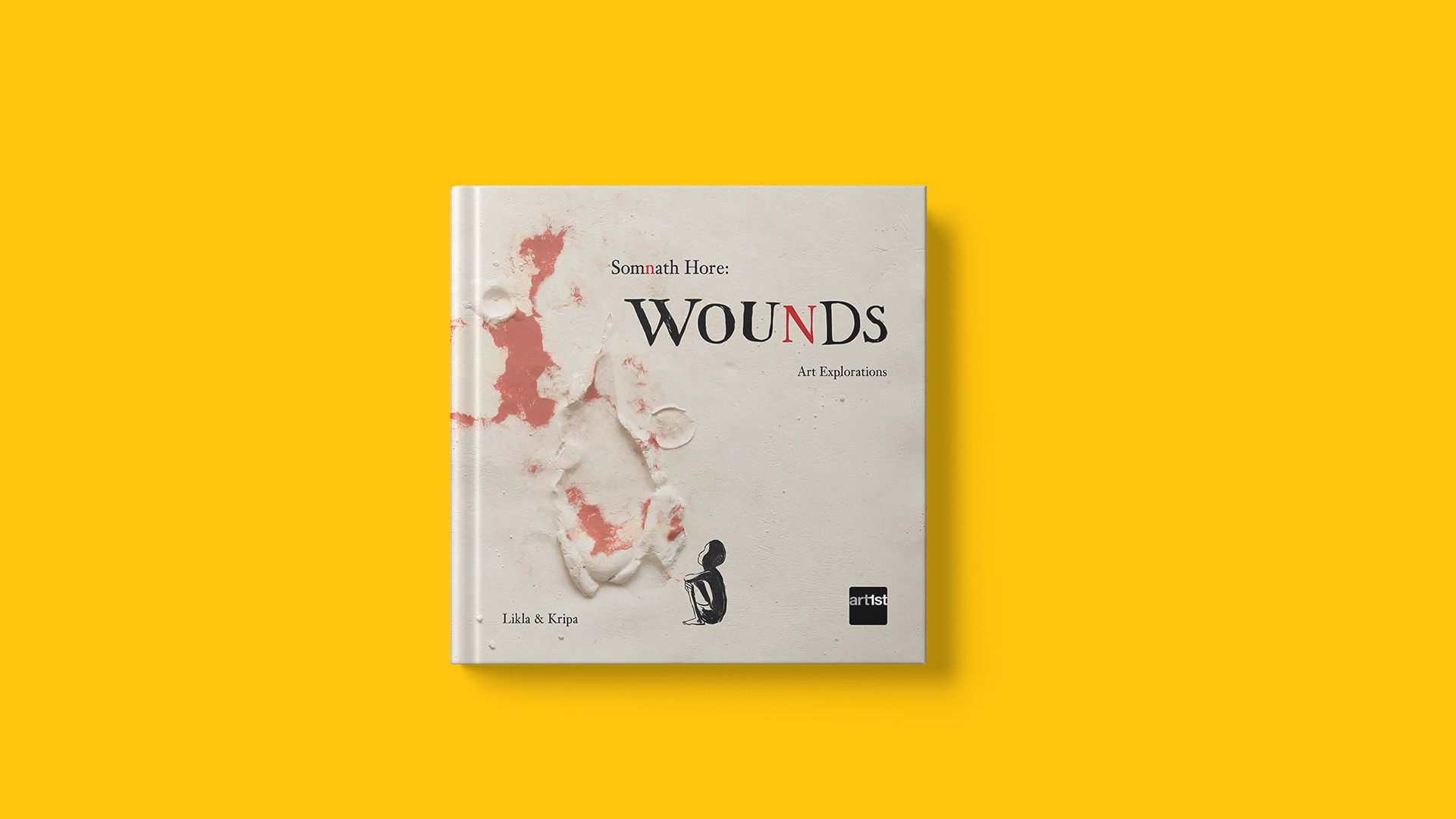By Ishaan Varior, Grade 11
Wounds, the only picture book (or the black sheep) shortlisted in the Young Adult category for the Neev Book Award 2022, is a way to give children two things. One, a view into the work of Somnath Hore, who made art about the Bengal famine and the Tebhaga movement. Two, an ability for children to not only express their pain, but make them feel authentic while doing so.
Somnath Hore was a Bengali sculptor who depicted those who suffered during the Bengal famine and the Tebhaga uprising in 1943 and 1946, in his art. He created the famous statue Mother and Child, as well as a set of prints called the Wounds series. The Wounds series is incorporated into the book by Likla Lall and Kripa Bhatia along with a few original illustrations, and manages to put forth a biography of Somnath Hore and his observations. This is where one of the most meaningful creative choices takes place. The authors draw Somnath Hore himself into these prints.
As the story progresses further, the book makes it clear that he is not a part of the print. His features become much more detailed compared to the rest of the work, and finally, a separate piece of paper is drawn, separating him from the world shown in the print. This emphasis on Somnath as an observer shows how art can still be authentic even when the artist is dealing with lives that aren’t their own.
This adds to the interactive sections of the book, where the reader is told to try and legitimately find ways of expressing pain through art. Much of this interactive section is also meant as a guide for adults as they help children question what we know as history, as well as to help them further their self-expression.
This book teaches you how to become an artist who can express with authenticity, and as an artist myself, it is one of the greatest gifts that can be given to a child.




